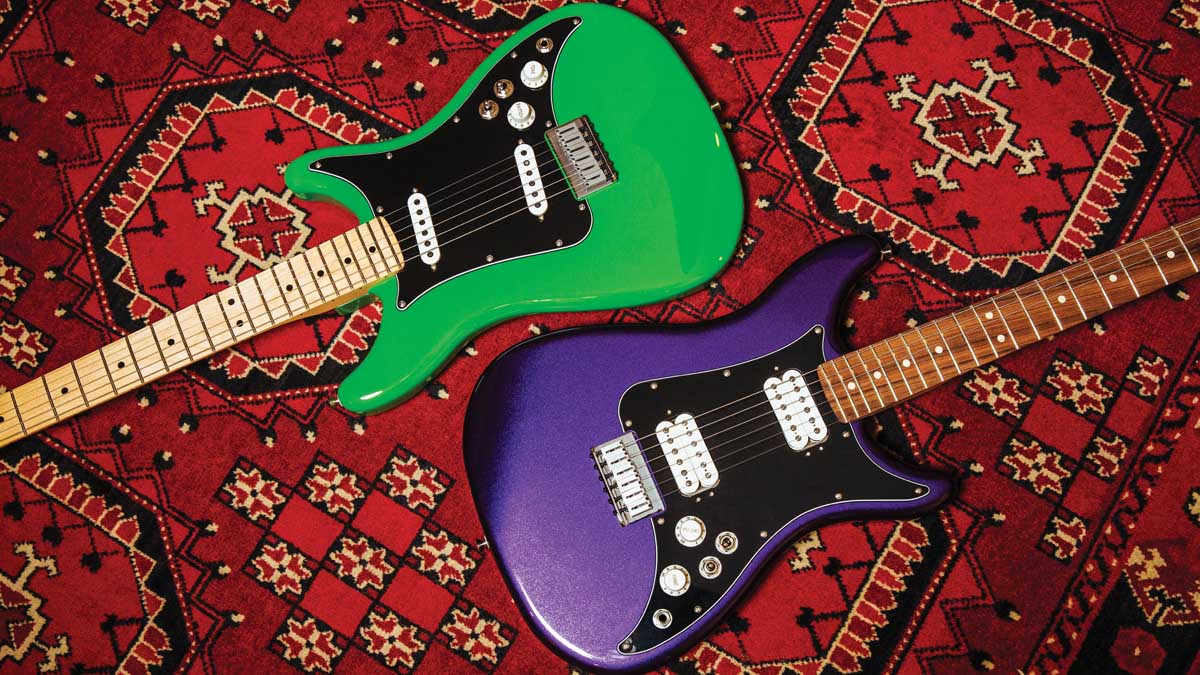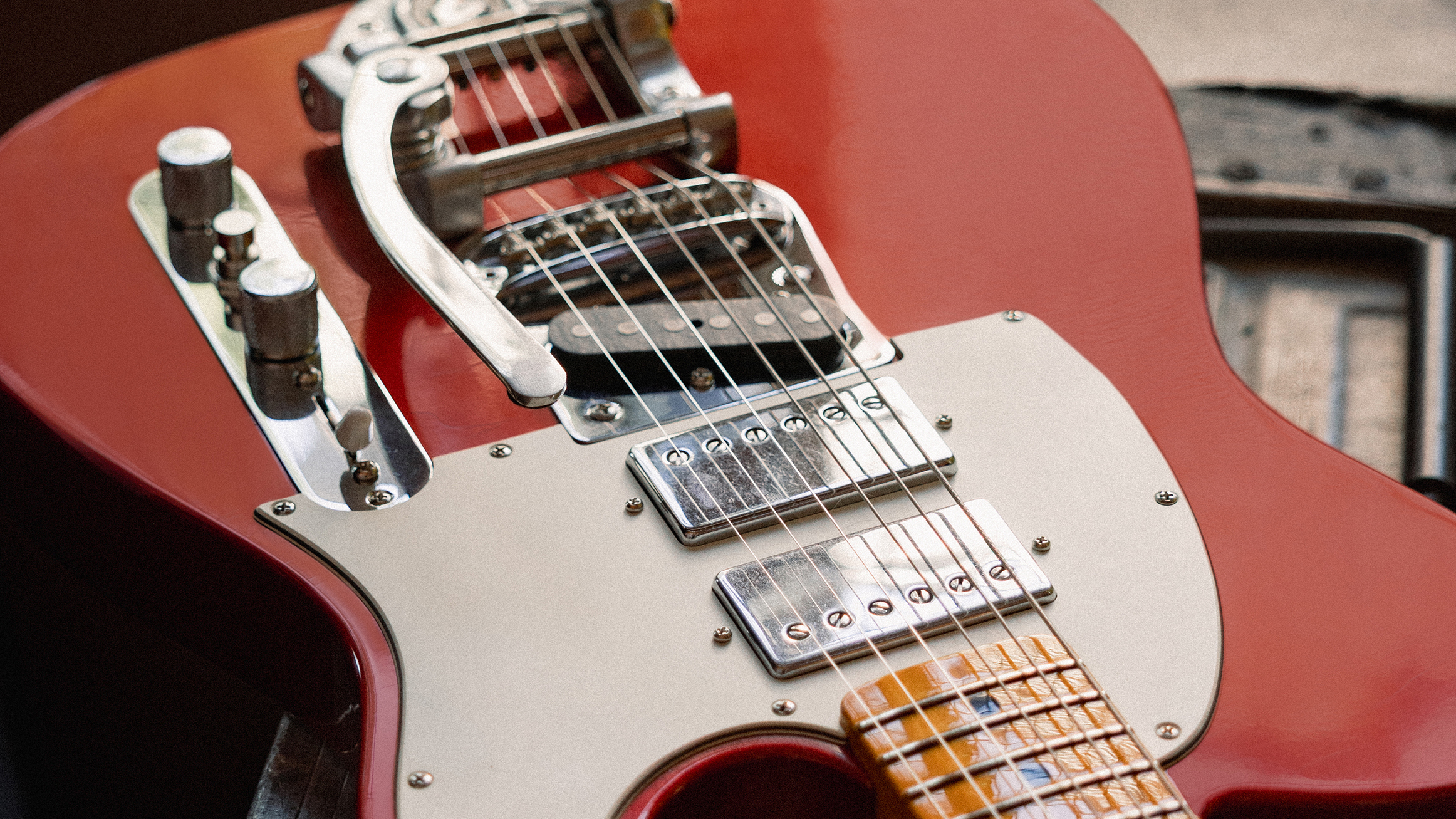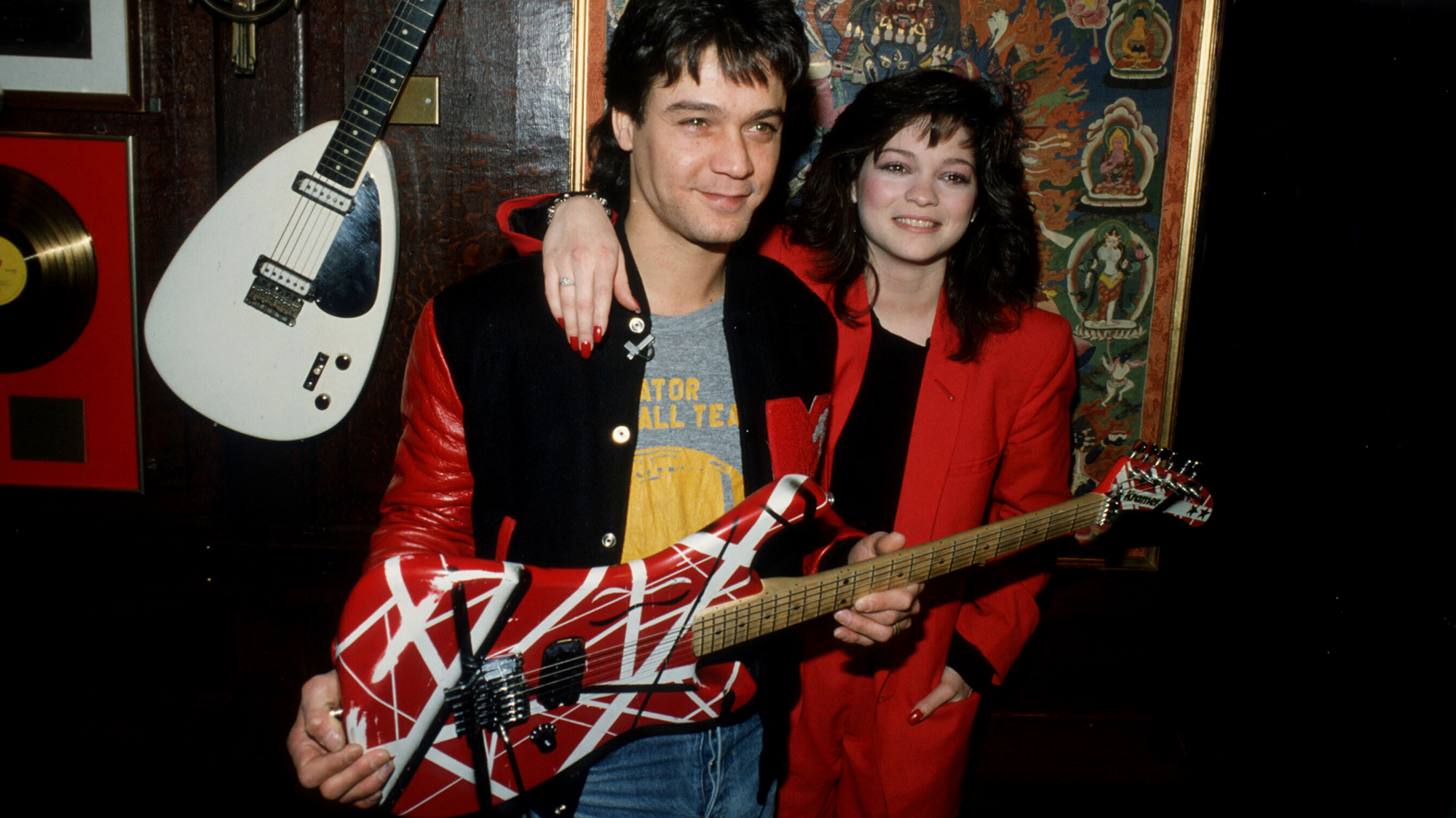GuitarPlayer Verdict
Playable, wallet-friendly and available in a variety of eye-catching finishes, the Lead II and Lead III are two very charming variations on a theme, that deserve a bit more attention at the second time of asking.
Pros
- +
Good range of tones on the Lead III.
- +
They both play well.
- +
Tremendous value.
- +
The Lead II offers some unique sounds.
Cons
- -
The Lead II's tones might not be for everyone.
You can trust Guitar Player.
The Fender Lead series is a little bit like the Beatles’ U.S. Yesterday and Today album, or Queen’s Innuendo, or Led Zeppelin’s In Through the Out Door. It might not be your favorite thing they’ve ever done, but it’s really good and holds up far better after all these years than we might have thought back in the day. And that is a great thing.
To say Fender has been embracing its past of late is somewhat laughable. This is, after all, a company that is defined by its history. But when we think of Fender’s most noteworthy guitars, we obviously think about the Strat and Tele, making it easy to overlook or outright dismiss variations on those themes.
But the fact is, Fender had a bunch of interesting designs along the way, and we’re seeing the rebirth and renewed appreciation of many of those guitars, including the Lead II and Lead III, two cool twists on the Strat legacy.
Gear historians may remember Steve Morse in the original ads for the Lead series. I noticed that those guitars had at least three fewer pickups than Morse’s Tele of that time.
But if a badass like Steve could dig it enough to be in an ad for it, there must be something there. So I unboxed these two guitars with all the late-’70s/early ’80s enthusiasm my aging 2020 body could muster.
Lead II
This scaled-down Strat-style body sports a pair of Alnico V Strat single-coils and two stout toggle switches: a three-position for pickup selection and a two-position phase switch.
This initially struck me as a very non-’80s design, but once I plugged it in, I rethought that assumption. After all, Gary Moore, Ritchie Blackmore and others got massive tones in that decade with nary a humbucker in sight, and there were obviously a lot of great players who didn’t play rock during that time.

Using a Victoria 1x12 combo and my trusty Kemper rig for amplification, I plugged it in. These single-coils have healthy output that leans on the bright side. I suspect this is accentuated by the Alnico V magnets and by the pickups’ treble-side tilt. (I personally would have liked a Jake E. Lee–approved slant in the opposite direction.)
I dialed in both amps for more lows and less highs and dug in. This is a very lively guitar, with a comfy C-shaped neck and a resonant alder body.
The hardtail bridge and string-through design add to that feel and sound. The bridge pickup delivers a cutting, focused tone. The neck pickup can do the SRV/Jimi Strat thing, but not exactly. Maybe it’s the angle, but it has its own tone. The middle position is where you really get the otherness of the Lead II.
Because of the pickup’s position, this is definitely more Tele than Strat, and it can almost sound like a big, spread-out humbucker (the reverse-wound/reverse-polarity wiring means it is a humbucker, although obviously not a conventional one). It’s a cool, funky sound that works great clean or dirty, with the pickups in phase.
Which brings us to the phase switch. I’m a fan of Brian May, and he certainly knows phase switching. The esteemed Dr. May once told me that what he liked about the out-of-phase tones on his Red Special was that the tone was “pure harmonic, with almost no fundamental.” Which is what you get when you hit the Lead II’s phase switch.
This is not a tone most players will use in most situations, but it is a tone you can’t get any other way. Hollow, nasal and thin – and I mean all that in a good way – this could be the perfect overdub in the studio or a big attention grabber live, and it so embodies what May described.
When I tapped harmonics 12 frets up from a chord in the ninth position, they sounded two octaves up from the fundamental! Shocked, I tried again and quickly moved the phase switch back and forth, hearing the harmonics jump up and down in octaves. Wow!
Because the out-of-phase sounds are so unique, I found the tone control really helped make them more useful. If you need bright and hollow, they will do that, no problem, but by rolling the tone control back, I got many more-normal and very musical sounds.
Specifications
- PRICE $599 street
- NUT WIDTH: 1.65”
- NECK: Maple
- FRETBOARD: Maple, 25.5” scale with 9.5” radius
- FRETS: 22 medium jumbo
- TUNERS: Fender Vintage “F” stamped
- BODY: Alder
- BRIDGE: 6-saddle string-through body hardtail with block saddles
- PICKUPS: Two Player Series Alnico V Strat single-coils
- CONTROLS: Master volume, master tone, 3-way selector, phase switch
- FACTORY STRINGS: Fender NPS .009–.042
- WEIGHT: 8 lbs.
- BUILT: Mexico
Lead III
Moving to the Lead III was sort of like a warm hug or a homecoming. A two-humbucker Strat-shaped guitar? That I can relate to.
You still get the easy playability that the comfy neck and 9.5-inch radius afford you, plus two toggles for pickup selection and coil splitting. Players who want a slightly smaller Strat-style body with conventional pickup options might very well find this guitar is their jam.

The Alnico 2 humbuckers are full and distinct, with what sounds like medium output to me. I loved what they did to the Victoria’s front end, and into the Kemper I could make this guitar do almost anything. I’m not the biggest fan of splitting humbuckers, not because I don’t like the sound but because half a humbucker does not a single-coil make.
But splitting these pickups gave rise to some cool tones. Going between humbucker and split sounds is actually a really effective way to accentuate the dynamics between a chorus and a verse, and the Lead III can do that, and do it well.
When you factor in the price points of these two instruments, they are insane deals by any measure. Neither the Lead II nor Lead III will be exactly like a Strat or a Tele, but that’s the point.
If you want some version of those two iconic guitars, I’m pretty sure Fender will be willing to sell you that. But if you want to get your Fender on but in your own way (and in a way that maybe not everyone else is doing), take a look at the Leads. You can Lead, or you can follow.
Specifications
- PRICE: $599 street
- NUT WIDTH: 1.65”
- NECK: Maple
- FRETBOARD: Pau Ferro, 25.5” scale with 9.5” radius
- FRETS: 22 medium jumbo
- TUNERS: Vintage style
- BODY: Alder
- BRIDGE: 6-saddle string-through body hardtail with block saddles
- PICKUPS: Two Player Series Alnico 2 humbuckers
- CONTROLS: Master volume, master tone, 3-way selector, coil-split switch
- FACTORY STRINGS: Fender NPS .009–.042
- WEIGHT: 8.1 lbs.
- BUILT: Mexico
- CONTACT: Fender
"It's a powerful, versatile variation on the timeless Telecaster, with a vital back story to boot." We review the Fender Stories Collection Mike Campbell Red Dog Telecaster
"We tried every guitar for weeks, and nothing would fit. And then, one day, we pulled this out." Mike Campbell on his "Red Dog" Telecaster, the guitar behind Tom Petty & the Heartbreakers' "Refugee" and the focus of two new Fender tribute models











